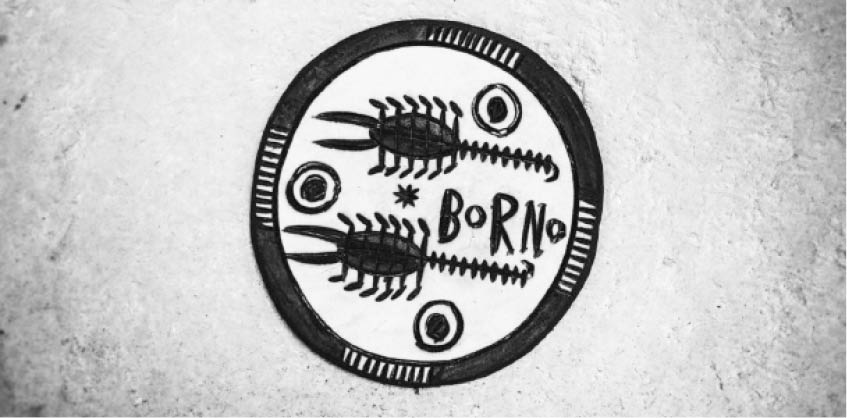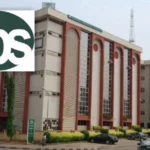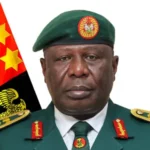In 2009 when Boko Haram members struck in Maiduguri, at New Prison near Kofa Biyu, to release its members after an altercation with the Nigerian Police, it seemed like it would be a few days of riots, gunshots and a short lived frenzy. The sect, however, in its convincing preaching of revolution, had been quietly recruiting members. Eventually, it would turn aggressive and deadly; the number of members, their capabilities and brutality had been underestimated.
To recount and put into perspective the unquantifiable scores of the people bombed, shot or slaughtered in mass, there is the Baga Massacre in 2013 where in a brutal wave of terror, an estimated two hundred people were murdered by Boko Haram. The loss of property cannot be accurately measured. In yet another gruesome killing spree in Baga in 2015, “over two thousand’’ people were killed and thousands displaced. There have been, prior to these two large scale massacres, many countless incidents that had ocurred in many places; the bombings, the burning of properties, the abduction of women and girls as sex slaves and suicide bombers, the killings of boys in schools, the forcible recruitment of men and boys to fight with the terrorists, the displacement of millions across Nigeria and its neighbouring countries. In fact, with its style of vicious terrorism unrivalled, the Boko Haram sect became the deadliest group in the world according to a global terrorism index.
Currently in its eleventh year, the atrocious atrocities continue. It is, however, the response to the massacres in Borno and the North East in general that continues to baffle its bewildered populace. Typically, when any area in Borno is hit by an attack, the news slowly starts to trickle in on social media. Depending on what time of day it is, many horrified people post the gruesome photos of the dead on Facebook, Twitter and the videos start to be shared on Whatsapp. As the day continues, so does the spread of viral videos and photographs. There is utter disbelief, denial and despair. For some it is rage. It is an array of emotions. Eventually, the news reports ascertain the fears of millions of Nigerians: there has been yet another ambush on either civilians or the military. Then the sect admits to the killings on video.
As the tears are shed by families and the sorrow felt by bystanders, aid workers appear at the site of the attack to neatly gather the charred, beheaded, bullet ridden or bombed bodies. At the same time, journalists troop in for the interviews with grieving communities, with condolences pouring in online and offline. Hashtags are created. In the meantime, many well meaning Nigerians, await the government response; at state and federal level. Firstly, in many countries where any kind of attacks occur, the first responders are usually the government. Hence, in every scenario with Boko Haram attacks, the communities expect its leaders to respond.
Tragically, since the beginning of Boko Haram in 2009, starting with the lacklustre performance of the previous government at the federal level, there has been waning optimism. As a result of previous responses, especially by the Goodluck Jonathan administration, there is a widely pessimistic view of the management of the insurgency. In the case of the Baga massacre, the federal government was accused of lack of acknowledgement and bouts of apathy. Many felt there was also denial, insufficient reporting of the massacre as well as nonchalance towards the crisis. This was 2015. It flabbergasted an already worn out Nigeria.
In May 2015, when the current President, General Muhammadu Buhari was sworn in, there was a collective sigh of relief in Borno. His regime was expected to usher in a new era of serious annihilation of the terrorist group. A select group of indigenes from Borno had been placed in choice positions to address the endless insurgency. For a few years, there was progress and a sense of optimism. Fortunately, there were many successes; talks of resettlement as the ebb and flow of relative normalcy started to return to some areas. Despite the ongoing strife, many more ambushes, a humanitarian crisis on an unprecedented scale, a resilient community soldiered on. It was as usual a strange mix of trauma and toughness.
Disturbingly, a few days ago, on 28th November, 2020, farmers were beheaded in Zabarmari in Jere Local Government Area. The death toll was reported as a hundred and ten. Sadly, in response, the current federal government has followed a template different from its predecessor but well recognized by a traumatized, weary town as insufficient and tiring; the politicians trooping into Borno State for condolence visits, the social media posts from numerous representatives and the Presidency “condemning” of the terrorist attacks, the parliamentary discussions on retiring service chiefs with intense scrutiny of an overwhelmed army, a photo of the visits to the families left behind, endless discussions on security solutions by novices online. On the contrary, the shell shocked face of the State Governor Professor Babagana Umara Zulum with additional photos of him weeping during the burial of the farmers in the recent Zabbarmari massacre has endeared thousands to his empathetic response. It was a shocking and sobering sight; this conflict is far from over. And the question on the lips of an emotionally exhausted populace remains; When will this end?

 Join Daily Trust WhatsApp Community For Quick Access To News and Happenings Around You.
Join Daily Trust WhatsApp Community For Quick Access To News and Happenings Around You.


